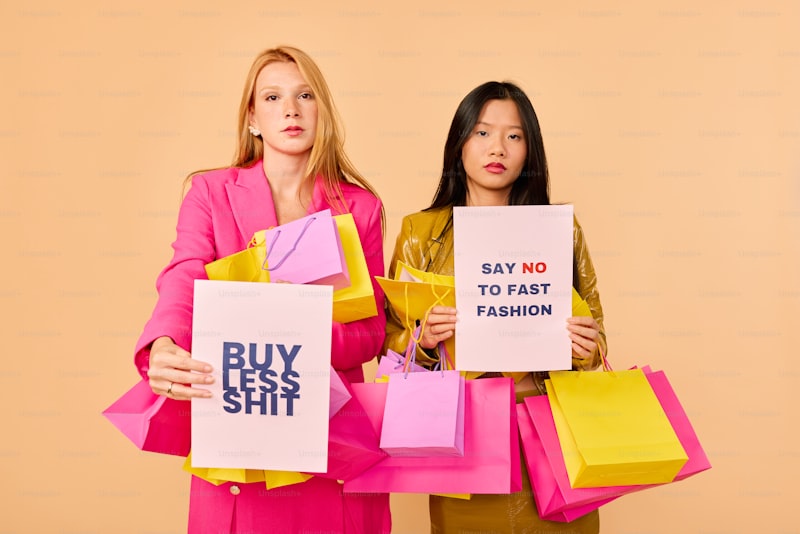Effective Sample Dress Pricing Strategies for Your Boutique
Understanding Sample Dress Pricing Strategies
When it comes to running a successful boutique, particularly one that features sample dresses, having a well-thought-out pricing strategy can make all the difference. This article will uncover various sample dress pricing strategies that can bolster your sales and attract more customers.
Why Sample Dresses Matter
Sample dresses are not just products; they represent your brand, showcasing your design philosophy and quality. These dresses are crucial for both retail boutiques and online shops, as they allow customers to experience the garment firsthand before making a purchase.
Sample dresses can be used in numerous ways: from assisting customers in visualizing how a dress would look on them to acting as a powerful marketing tool. However, the challenge lies in pricing these garments effectively to ensure profitability while still drawing in potential buyers.
Factors Influencing Sample Dress Pricing
Several factors come into play when determining the pricing of sample dresses. Here are the primary considerations:
| Factor | Description |
| Cost of Materials | Understanding the cost associated with fabrics, trims, and other materials is crucial. |
| Labor Costs | Determine the cost of labor used in your dresses, including design, pattern-making, and sewing. |
| Market Trends | Stay updated on fashion trends and the pricing strategies of competitors. |
| Target Audience | Your pricing should reflect the spending power of your target demographic. |
| Seasonality | Consider whether the styles are seasonal and adjust your pricing strategy accordingly. |
| Inventory Levels | Manage and price dresses based on how many are left in stock. |
Popular Sample Dress Pricing Strategies
Once you've considered the various factors influencing your pricing strategy, you'll want to explore different approaches. Below are some common pricing strategies for sample dresses.
1. Cost-Plus Pricing
This traditional method involves marking up the cost of the dress by a specific percentage. For example, if a sample dress costs $50 to produce, a 100% markup would set the price at $100. While straightforward, it’s essential to research whether this price aligns with your market and competitors.
2. Value-Based Pricing
Value-based pricing focuses on the perceived value of the dress to the customer rather than solely on production costs. If your dress features unique designs or quality craftsmanship, you can charge a premium. For instance, if you’re selling a designer sample dress that typically retails for $500, pricing it at $300 could be seen as a bargain, fostering immediate interest.
3. Competitive Pricing
Analyze your competitors and their pricing strategies. If similar boutiques offer sample dresses at lower prices, you may need to adjust your prices to remain competitive. However, ensure that you still communicate your brand's unique value to prevent being perceived solely as a lower-cost option.
4. Bundle Pricing
Consider offering bundle deals on your sample dresses. For example, purchasing two or more dresses at a discounted rate can encourage customers to buy more. This enticing strategy can increase average order value (AOV) while moving inventory rapidly.
Considerations for Sample Dress Pricing
Adopting a sample dress pricing strategy involves various considerations:
- Quality Over Quantity: It's better to sell fewer dresses at a higher margin than to sell many at a lower margin.
- Clear Communication: Make it clear why a sample dress has a certain price; transparency builds trust.
- Customer Education: Teach customers about the craftsmanship and materials that justify pricing.
- Seasonal Promotions: Take advantage of seasons or holidays to run promotions that entice purchases.
Marketing Your Sample Dresses
Effective marketing goes hand in hand with a solid pricing strategy. Here are a few tips to promote your sample dresses:

- Social Media: Utilize platforms like Instagram and Pinterest to visually showcase your dresses, creating a buzz around your collection.
- Email Marketing: Send out regular newsletters highlighting new sample dresses, special pricing, or promotional events.
- In-Store Events: Host special sales events or fashion shows in your boutique to attract customers and highlight your sample dresses.
Success Stories: Boutiques That Got It Right
Many successful boutiques have employed effective sample dress pricing strategies that can serve as inspiration. For example, Boutique XYZ offers exclusive sample dresses at significant discounts during seasonal sales. This not only encourages sales but enhances customer loyalty as buyers feel they’re receiving premium products at reduced prices.
Final Thoughts and Recommendations
In conclusion, understanding and implementing effective sample dress pricing strategies can significantly impact your boutique's success. By considering the factors influencing pricing, exploring various strategies, and marketing your dresses effectively, you can create an attractive proposition for your customers while ensuring profitability.
Remember, always stay informed about market trends and competition to adapt your pricing strategy as needed. Focus on creating a strong brand image and communicating the unique value of your sample dresses to encourage customer engagement and loyalty. Happy selling!